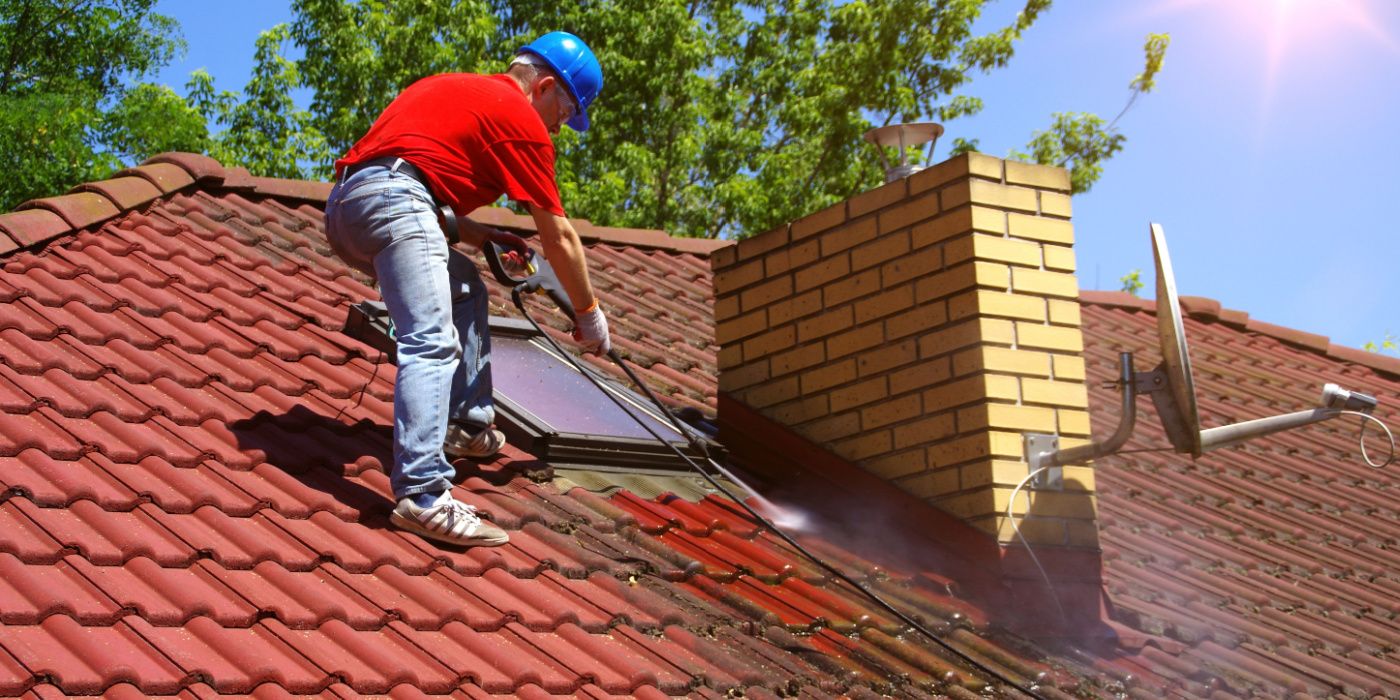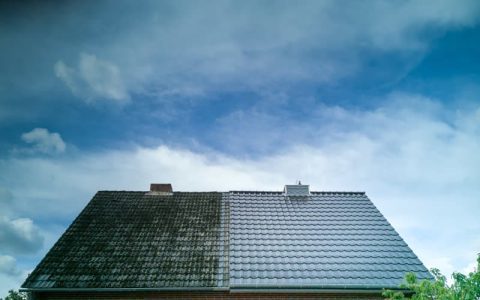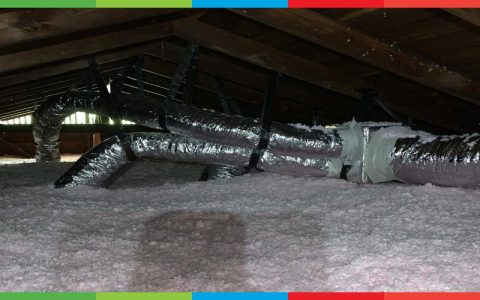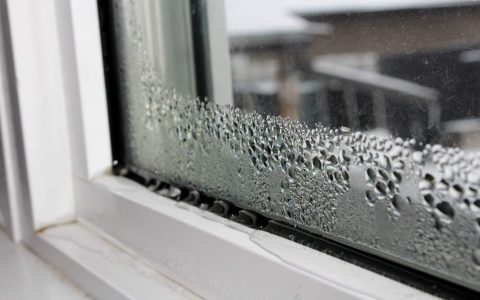Roof moss, if left unaddressed, can lead to shingle damage, water retention, and structural issues. Selecting an appropriate moss killer is crucial for maintaining roof integrity and prolonging its lifespan.
Key Types of Roof Moss Killers
Several active ingredients are commonly used in roof moss treatments. Understanding their properties is key to choosing the right product:
- Zinc Sulfate: Highly effective against moss. It works by creating an acidic environment that kills moss. However, it can cause staining on some surfaces and runoff may have environmental implications for aquatic life.
- Potassium Salts of Fatty Acids: These are soap-based and generally considered more environmentally friendly. They work by desiccating moss and algae upon contact. They tend to be less harsh on roofing materials but may require more frequent application or longer contact time.
- Sodium Percarbonate: Often marketed as an oxygen-based bleach, it breaks down into water, oxygen, and soda ash. It is effective at killing moss and cleaning stains, and is generally safer for surrounding vegetation if rinsed properly after application.
- Quaternary Ammonium Compounds (e.g., Benzalkonium Chloride): These are powerful disinfectants that provide long-lasting residual effects, killing existing moss and inhibiting regrowth. Care must be taken with dilution and application to avoid damage to sensitive surfaces or environmental contamination.
- Sodium Hypochlorite (Chlorine Bleach): While a potent moss killer, it is very harsh. It can damage asphalt shingles, corrode metal fixtures (gutters, flashings), and is harmful to plants and the environment. Its use on roofs is generally discouraged for DIY applications due to these risks.
Important Considerations: Always check product compatibility with your specific roofing material (e.g., asphalt shingles, clay tiles, metal roofing). Consider the environmental impact, especially regarding runoff into gardens or waterways.

Application Methods
Proper application ensures effectiveness and safety:
- Preparation: Before applying any chemical, gently remove thick, loose moss, leaves, or debris using a soft brush or leaf blower. Avoid aggressive scraping or pressure washing, which can damage shingles and shorten the roof's lifespan.
- Timing: Apply moss killer on a calm, overcast, and dry day when no rain is forecast for at least several hours (or as per product instructions). This allows the product sufficient contact time to work effectively. Avoid applying in direct, hot sunlight, which can cause the product to evaporate too quickly.
- Liquid Sprayers: Most liquid moss killers are best applied using a low-pressure garden pump sprayer. Ensure even coverage of the affected areas. For taller roofs, extension wands may be necessary.
- Granular Products: Some moss killers are available in granular form. These are typically spread evenly across the roof surface and are often activated by subsequent moisture or light rainfall.
- Rinsing: Some products require rinsing after a specified period, while others are designed to be left on to work over time and wash away with rainfall. Always follow the manufacturer's specific instructions regarding application and post-application procedures.
Safety Precautions
Working on roofs and handling chemicals requires strict adherence to safety measures:
- Personal Protective Equipment (PPE): Always wear waterproof gloves, eye protection (goggles or a face shield), long-sleeved clothing, and pants. A respirator may be necessary, especially when spraying or if sensitive to chemicals.
- Protect Surroundings: Cover nearby plants, shrubs, and grass with plastic sheeting or tarps to protect them from chemical overspray or runoff. Thoroughly water plants in the vicinity before and after application if there's a risk of runoff.
- Ladder Safety: If accessing the roof is necessary, ensure your ladder is stable, on firm ground, and used correctly according to safety guidelines. If uncomfortable or unsafe, consider hiring a professional.
- Read Product Label: Meticulously read and follow all the moss killer manufacturer's instructions regarding dilution ratios, application methods, safety precautions, and disposal of unused product or containers.
Preventing Future Moss Regrowth
Proactive measures can significantly reduce the likelihood of moss returning:
- Increase Sunlight & Airflow: Trim overhanging tree branches to allow more sunlight to reach the roof surface and improve air circulation, which helps keep the roof drier.
- Regular Debris Removal: Keep the roof and gutters clean and free of leaves, pine needles, and other organic debris. This debris can hold moisture and provide a nutrient source for moss.
- Install Metal Strips: Installing zinc or copper strips along the roof ridge is a common long-term preventative measure. When rainwater washes over these metals, it releases ions that are carried down the roof slope, creating an environment inhospitable to moss and algae growth.
- Ensure Proper Drainage: Make sure gutters and downspouts are clear and functioning correctly to prevent water from backing up onto the roof.









